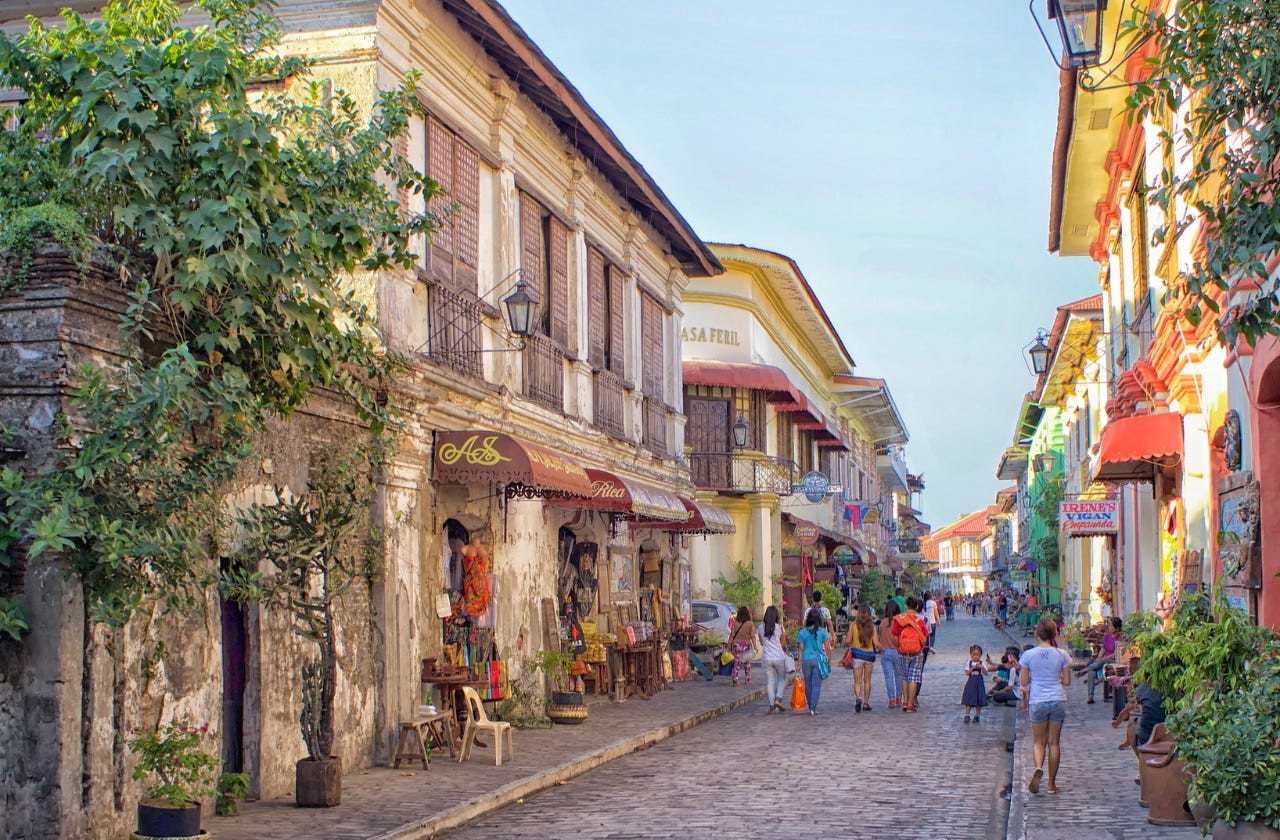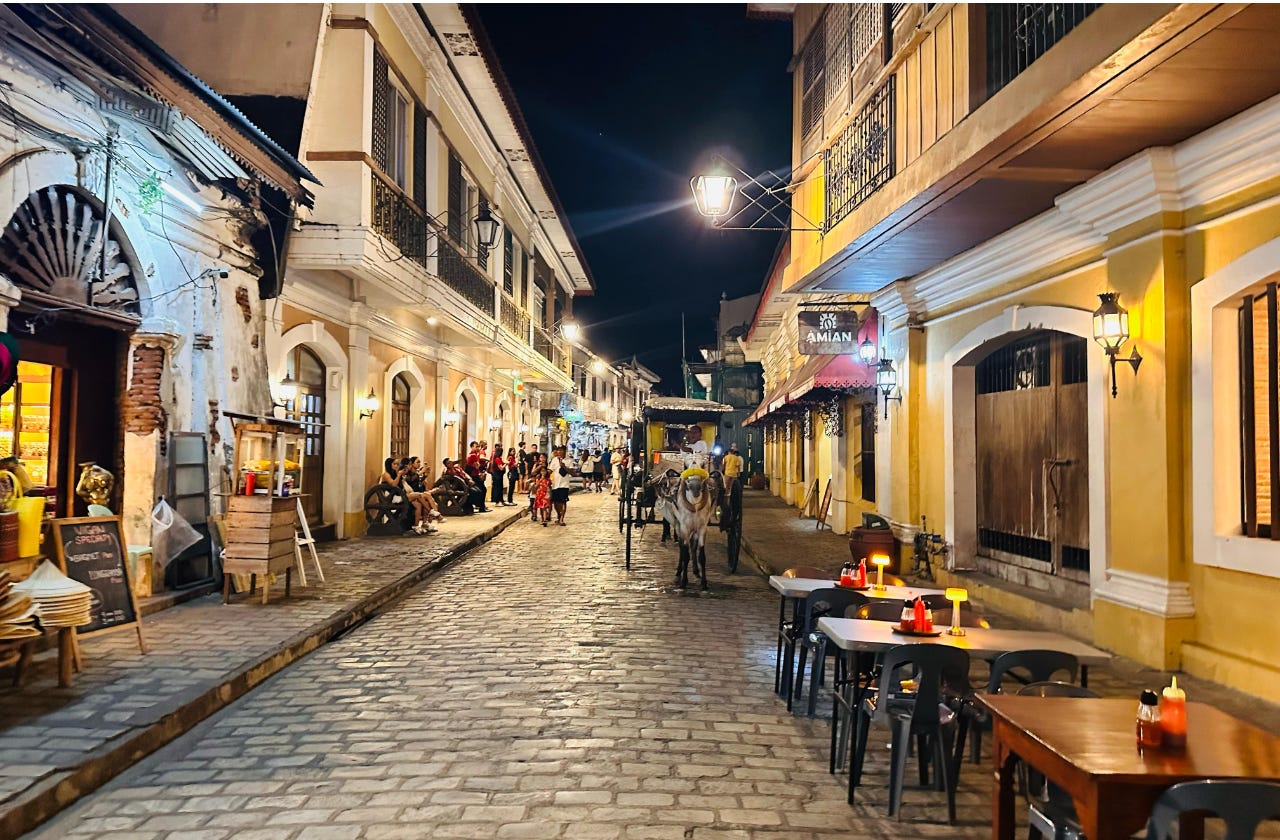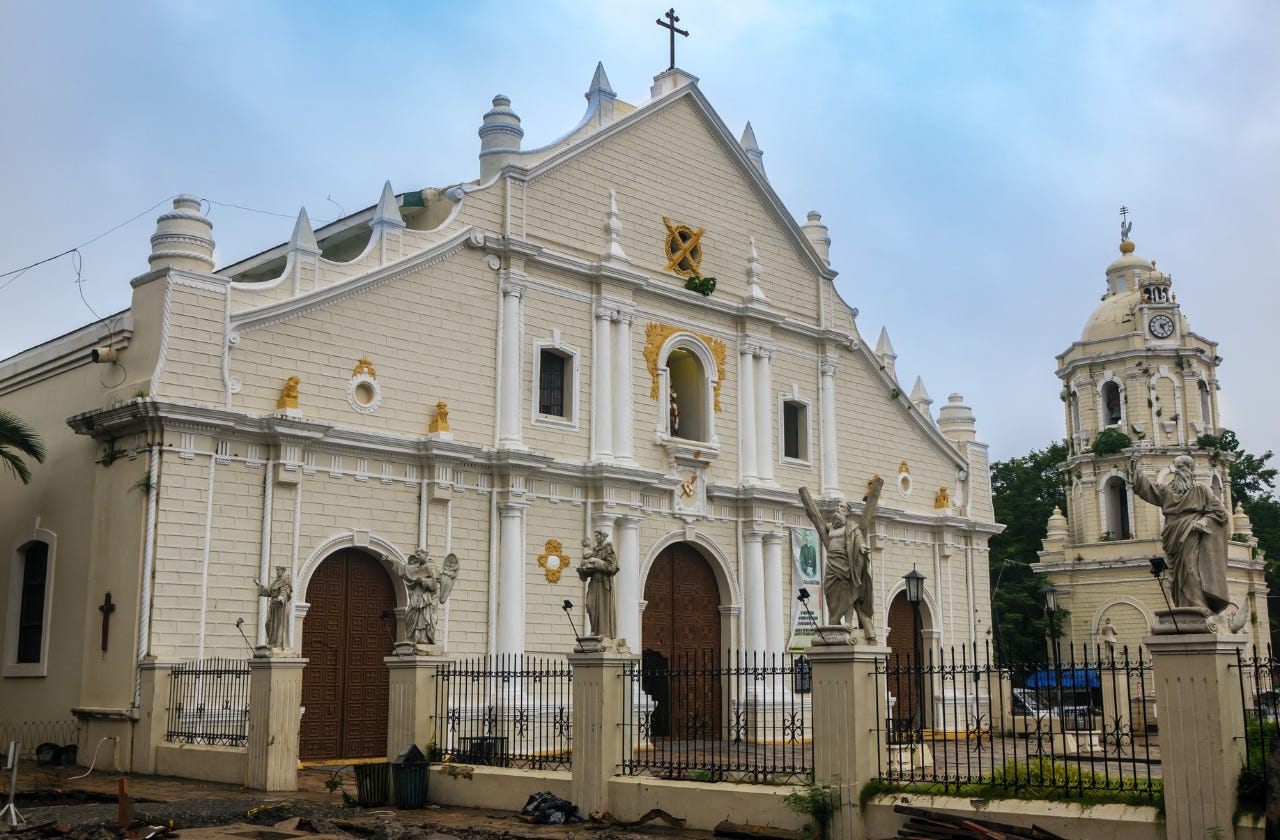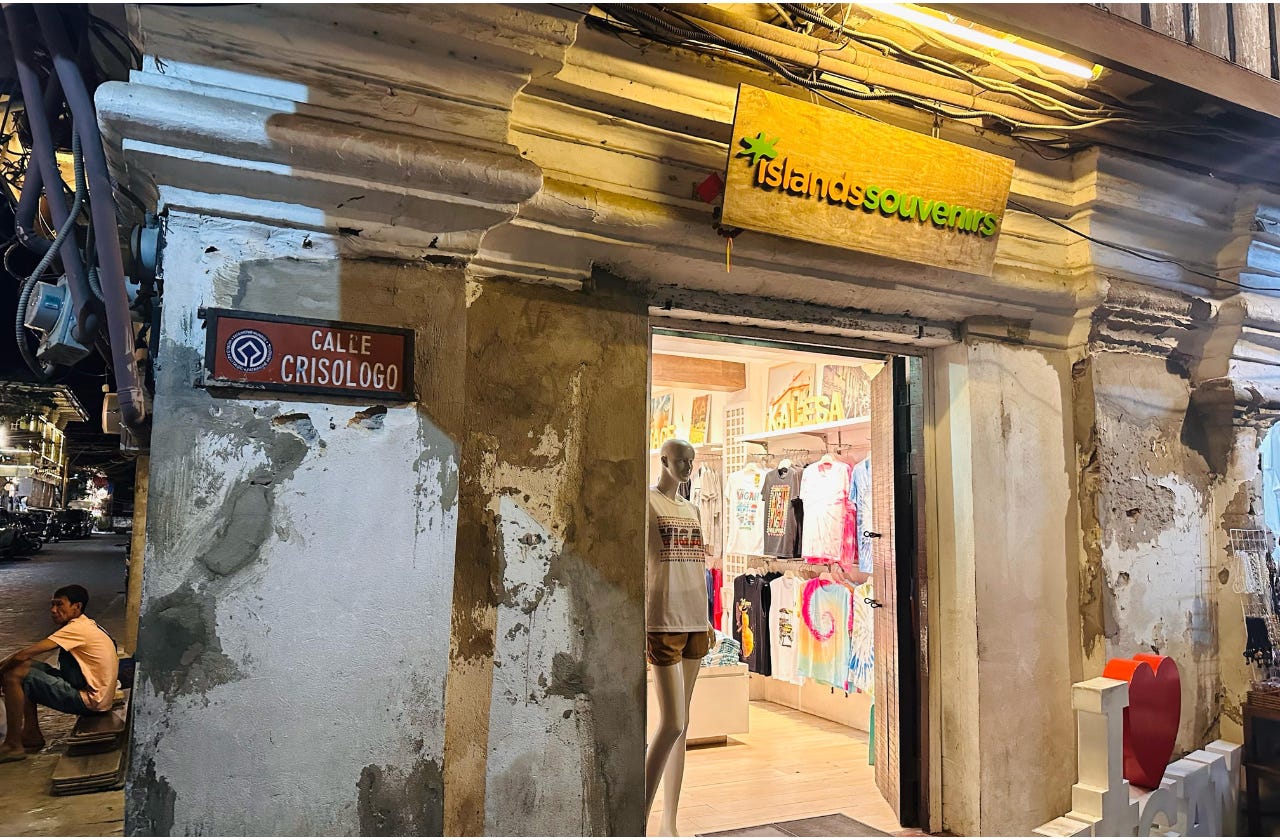The Magic and Old-World Charm of Vigan
A timeless walk through the city's cobblestone streets and colonial past.
“I carry you in my chest like a stone – heavy, unyielding, and carved with the sharp edges of what once was.” – Author Unknown
Imagine waking up to the sound of clattering kalesas (horse-drawn carriages) trotting on the cobblestone pavement. And when you look out of your hotel room, you see buildings that seem to transport you to the 18th century. That is when you realize you are in Vigan, a city in the northern province of Ilocos Sur. A city unique for having preserved much of its Spanish colonial character and an architecture a fusion of Filipino, Chinese and Spanish influences.
A UNESCO Heritage Site and One of the New Seven Wonder Cities of the World
Vigan was recognized as a UNESCO World Heritage Site in 1999 and named as One of the New Seven Wonder Cities of the World in 2015. Such well-deserved recognitions are mainly due to its best-preserved example of a planned Hispanic colonial townscape in Asia with Vigan’s grid street pattern and historic urban layout.
The city has been successful in preserving some heritage structures so that it remained intact over the centuries. Thus, today these structures stand as testament to the rich Philippine cultural history during the Spanish era.
In search for a glimpse of how things were in the days that were? Then a visit to Vigan is fully warranted.
Calle Crisologo
The most famous street in Vigan is Calle Crisologo. It still features several Spanish-style houses but are now converted into souvenir shops, restaurants, museums and inns. By day, visitors seem to be transported into another era. The buildings lining up Calle Crisologo are beautifully preserved structures of the Spanish Baroque style of architecture characterized by high ceilings, large windows intricately-designed, and large wooden beams.

The charm of the street only increases as nighttime approaches. Vintage street lamps gently illuminate the street that gives it a warm, golden glow. The historic colonial buildings, with their wooden shutters and intricate wrought iron details, give an almost ethereal elegance under that soft lighting. The sound created by the kalesas only add to the old-world charm of Calle Crisologo. The atmosphere is serene, romantic and reminiscent of a foregone point in history.
Other Must -Sees in Vigan
The Vigan Cathedral (Saint Paul’s Metropolitan Cathedral) is one of the landmarks in the city. It was originally built in 1574 but has seen several renovations and reconstructions over time.
The church is a classic example of Spanish colonial architecture combining elements of baroque, gothic, and neoclassical designs. Visitors are awed by its detailed façade and wooden ceiling and the bell tower is also a thing of beauty and can be seen from different parts of the city.
The Syquia Mansion is a heritage house that was once called home by a former Philippine President, Elpidio Quirino. Now, it is a museum displaying artifacts from the Quirino Family. Visitors to the mansion are treated to the grandiose furniture and the intricately designed rooms housing the historical items on display.
Also, part of the Vigan Heritage Village is Casa Burgos. It is named after Fr. Jose Burgos, one of the three Filipino priests who, together with Mariano Gomez and Jacinto Zamora, are collectively known as GOMBURZA. The three were executed during the Spanish era, an important historical event in Philippine History.
The house is now a museum that showcases the history of the Burgos family and the role they played in Philippine history. The house is a great example of Spanish-era architecture, featuring the traditional bahay na bato (stone house) style with wooden upper floors and stone or brick ground floors.
The Spanish Urban Planning design is also very evident in Vigan. The old town was laid out according to the Spanish grid system. Streets are laid out in a grid pattern, with streets running parallel and perpendicular to each other. This was common in colonial towns across the Philippines. The system was designed to create organized, easily navigable towns and cities. Such layout gives the colonizers easy administration and control of their colonies.
Another feature of the grid system is the central square or plaza. In Vigan, this is the historical Plaza Salcedo. It is a prominent landmark in the city named after the Spanish conquistador, Juan de Salcedo, who was one of the early leaders in the area. It serves as a central gathering place for locals and visitors alike.
Vigan, with its rich history, preserved colonial architecture, and old city layout offers a unique glimpse of a bygone era in Philippine history. It will definitely leave an indelible mark to any visitor who will walk the weathered cobblestone streets of the city.







